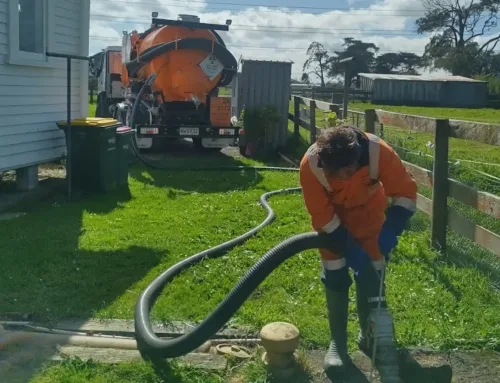7 Simple Techniques For Reclaim Waste
Table of ContentsThings about Reclaim WasteWhat Does Reclaim Waste Mean?Reclaim Waste Things To Know Before You Get ThisSome Ideas on Reclaim Waste You Should KnowThe smart Trick of Reclaim Waste That Nobody is Talking About
Discover the kinds, incidents, and kinds of liquid waste. Residential sewer waste describes the waste and items from a residential septic container. This type of waste is created by humans in houses, schools, and various other structures. This only includes sewage-disposal tanks that have a drainpipe field. The correct management and disposal of residential sewage waste require fluid waste to be transferred to a sewage therapy plant where the proper techniques and equipment are put on purify and dispose of waste.
Commercial waste typically includes potential threats, such as flammable products or a mix of fluid and strong waste items, and requires an advanced and detailed disposal procedure. The disposal of commercial waste typically entails the purification of waste prior to transport to make sure risk-free and proper disposal. Hazardous waste is produced from byproducts and runoff of industrial processes and production.
This sort of waste can not utilize the same sewage management transportation or processes as septic or industrial liquids. The hazardous waste management process calls for the inspection and testing of fluid waste before it goes through the disposal procedure (liquid waste removal). Overflow waste is the fluid waste that originates from overflow and excess stormwater in highly populated locations or cities
Runoff waste can cause contamination and flooding if not managed appropriately. Ensuring appropriate waste administration can avoid disasters and decrease environmental harm.
Reclaim Waste - The Facts
Get in touch with PROS Services today to learn more about our waste administration and disposal services and the correct means to look after the fluid waste you create.
(https://anotepad.com/note/read/pkncyr85)This supposed 'wastewater' is not just an important source but, after therapy, will certainly be released to our land, rivers or the ocean. Made use of water from toilets, showers, bathrooms, kitchen sinks, laundries and industrial procedures is known as wastewater.

water made use of to cool down machinery or clean plant and equipment). Stormwater, a type of wastewater, is overflow that flows from agricultural and metropolitan locations such as roofs, parks, gardens, roadways, paths and seamless gutters right into stormwater drains, after rainfall. Stormwater moves unattended directly to local creeks or rivers, eventually reaching the sea.
See This Report about Reclaim Waste
In Queensland, many wastewater is treated at sewage therapy plants. Wastewater is transported from residential or industrial websites with a system of sewage systems and pump terminals, known as sewerage reticulation, to a sewer therapy plant.
The Division of Natural Resources advises city governments concerning handling, operating and keeping sewage systems and treatment plants. In unsewered locations, city governments may require homeowners to install individual or household sewage treatment systems to treat residential wastewater from toilets, kitchens, bathrooms and washings. The Department of Natural Resources authorises the usage of house systems when they are proven to be reliable.
In some new subdivisions, therapy of some stormwater to eliminate litter, sand and crushed rock has begun making use of gross toxin traps. Wastewater treatment takes place in 4 phases: Eliminates solid matter.
Wastewater after that flows into big containers where solids work out and are gotten rid of as sludge. Oil and residue are skimmed from the surface. Utilizes little living organisms referred to as micro-organisms to damage down and eliminate continuing to be liquified wastes and fine fragments. Micro-organisms and wastes are incorporated in the sludge. Eliminates nitrogen and phosphorus nutrients that could create algal blooms in our rivers and threaten aquatic life.
Unknown Facts About Reclaim Waste
Nutrient elimination is not offered at all sewage therapy plants since it requires costly specialist equipment. It is ending up being more common in Queensland. Clear fluid effluent generated after treatment might still include disease-causing micro-organisms. If read here this effluent is released right into waterways such as rivers or the sea, the micro-organisms will eventually pass away out.

This normally implies wastewater has actually to be dealt with or contaminants eliminated before it can be discharged to rivers. Most wastewater moves right into the sewage system. Under the Act, regional federal governments administer approvals and licences for eco appropriate activities (ERAs) including wastewater launches that might have a neighborhood effect. The department provides authorizations and permits to ERAs including wastewater launches that could have a local or statewide impact.
A Biased View of Reclaim Waste
Otherwise, samples are taken for research laboratory evaluation. Commonly many tests are needed to develop the degrees of each of the various toxins such as oils, heavy steels and chemicals in water. Surveillance offers accurate details concerning water quality and can validate that permit problems are being met. The info acquired via tracking supplies the basis for making water high quality decisions.